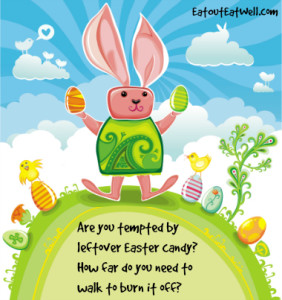 Is it a foregone conclusion that there’s Halloween candy in your future? It’s pretty hard to escape because candy is everywhere – on desks, in restaurants, even in my veterinarian’s office in a nice purple bowl with a dog bone painted on the side.
Is it a foregone conclusion that there’s Halloween candy in your future? It’s pretty hard to escape because candy is everywhere – on desks, in restaurants, even in my veterinarian’s office in a nice purple bowl with a dog bone painted on the side.
Halloween and the week afterward account for about 5% of all candy consumed for the year. Big box stores don’t wait for mid-October to start stocking their shelves –by the second week in September most of them have already filled their shelves with orange and black trimmed packages of mini-candy boxes and bars – right along side the school supplies.
Have You Ever Invaded Your Kid’s Trick or Treat Bag? What Do You Go For First?
Don’t feel guilty if you have. If you’ve ever swiped candy from your kid’s trick or treat bag, you’re certainly not alone. According to the National Confectioners Association, 90% of parents confess they occasionally dip into their kid’s stash. I know I sure did.
Not only do parents swipe candy form their kids’ bags, they invade them big time — they eat one candy bar out of every two a child brings home. Their favorite targets are snack-sized chocolate bars (70%), candy-coated chocolate pieces (40%), caramels (37%) and gum (26%).
How Many Calories Are In That Trick Or Treat Bag?
It’s been estimated that, on average, a child in the US collects between 3,500 and 7,000 worth of candy calories on Halloween night.
Since it takes 3,500 calories to gain or lose a pound, you’re looking at a pound or two added to your waistline (or hips) if you would choose to eat all of that on top of your regular daily intake.
To burn off 7000 calories, a one hundred pound child would have to walk for almost 44 hours or play full-court basketball for 14.5 hours.
With 31% of US children and teens ages 2-19 overweight or obese, it really makes you stop and think about having candy and treats so frequently and seemingly available everywhere you look.
A One Day Indulgence Isn’t Such A Big Deal
One day of collecting (and eating) candy isn’t going to make a child – or an adult – overweight or obese (what it can do to behavior is another story). It’s the constant bombardment with candy, sweets, and other treats that can lead to weight (and health) issues.
Try having a talk with your family ahead of trick or treating to figure out what to do with all of that candy. Is it to be a one-day free for all and then the trash — or will the candy by doled out in measured amounts over a given period of time? Do what works for your family but it will help if the kids buy into the plan.
Some food (or candy) for thought: a treat is only a treat if it happens once in a while – like Halloween, birthdays, and other holidays. If it’s a common occurrence it can become an expectation or a habit.




